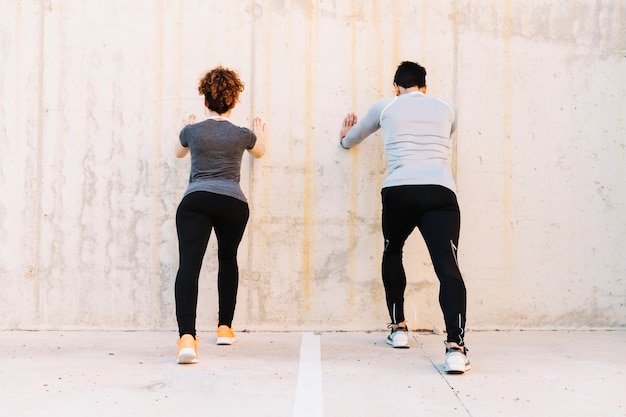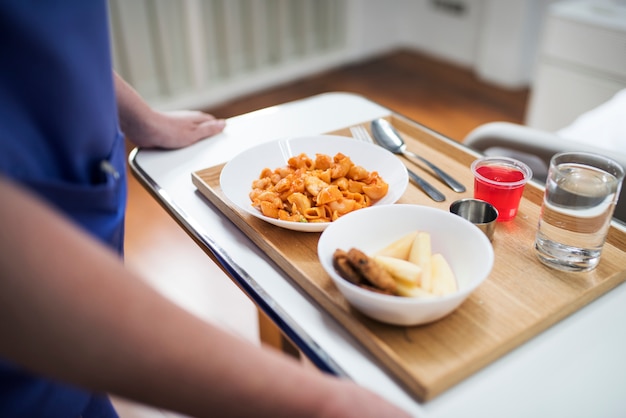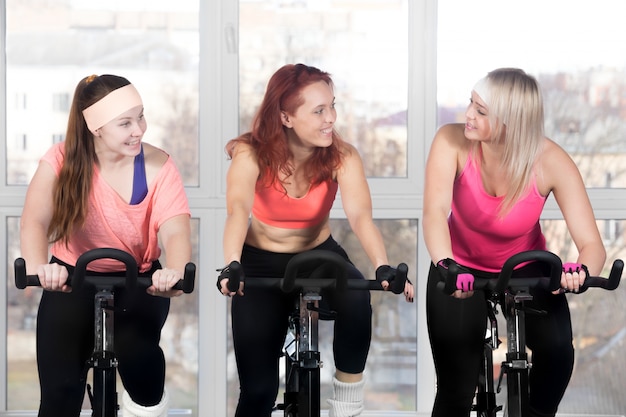Managing blood sugar levels is a daily priority for millions living with prediabetes, type 2 diabetes, or other metabolic conditions. While medication and diet play crucial roles, physical activity remains one of the most effective, accessible tools for stabilizing glucose. But with busy schedules and minimal time to spare, what kind of exercise really works?
Two of the most common and accessible options—walking and jogging—often come up in this conversation. Both require little to no gear, can be done almost anywhere, and fit into real-life routines. But when it comes to blood sugar control, which one delivers better results?
Physical activity helps lower blood glucose by increasing insulin sensitivity. This means your cells become more responsive to insulin, allowing them to absorb glucose from the bloodstream more efficiently. Additionally, during exercise, muscles can take up glucose even without insulin—a process known as non-insulin-dependent glucose uptake.
This effect can last for hours after exercise, making consistent movement a powerful tool for long-term glucose management. But the intensity and duration of activity influence how much and how quickly these benefits occur.

Walking is low-impact, sustainable, and easy to incorporate into daily life. Whether it's a 10-minute stroll after meals or a 30-minute brisk walk during lunch, this form of activity has been shown to significantly reduce post-meal blood sugar spikes.
Studies suggest that even short walks of 10–15 minutes after eating can lower postprandial glucose by up to 20%. Because walking is gentle on the joints and doesn’t require special training or equipment, it’s ideal for people of all fitness levels, especially those managing chronic conditions.
The consistency of walking is its greatest strength. Most people can walk daily without excessive fatigue or risk of injury, making it easier to maintain long-term—a key factor in blood sugar control.
Jogging, being a moderate to high-intensity activity, burns more calories and can lead to faster improvements in insulin sensitivity. It activates more muscle fibers and increases heart rate significantly, which may enhance glucose uptake during and after exercise.
Research shows that aerobic exercises like jogging can reduce HbA1c levels—the marker of average blood sugar over 2–3 months—more rapidly than low-intensity activities in some individuals. However, the higher intensity also means greater physical demand, increased risk of injury, and potentially lower adherence, especially for beginners or those with joint issues.
Jogging may not be feasible for everyone, particularly those with obesity, neuropathy, or mobility limitations. It also requires more recovery time, which can interfere with consistency—especially in real-world schedules.

When managing a chronic condition, sustainability matters more than intensity. The best exercise is the one you can do consistently without burnout or injury.
Walking wins in accessibility. You can walk in dress shoes, during phone calls, or while running errands. It requires no special gear beyond supportive footwear. Most people can start walking immediately, regardless of fitness level.
Jogging, while effective, demands more time for warm-up, recovery, and proper footwear. It may not be practical for those with tight schedules or physical limitations. Missing days due to soreness or fatigue reduces its long-term effectiveness.
The answer depends on your current health, fitness level, and lifestyle. For most people managing blood sugar, especially those new to exercise, walking is the smarter starting point.
You don’t have to pick just one. A combination—like brisk walking with short jogging intervals (a walk-jog routine)—can offer balanced benefits. This approach gradually builds fitness while maintaining blood sugar control.
Both walking and jogging can help stabilize blood sugar, but walking stands out for its sustainability, safety, and ease of integration into daily life. For long-term chronic condition care, consistency trumps intensity.
The goal isn’t to push harder—it’s to move more, every day, in a way that works for your body and your schedule. Whether it’s a morning stroll, a lunchtime loop, or a post-dinner walk around the block, every step counts.
Start where you are. Move when you can. Keep it simple. Your blood sugar—and your life—will thank you.

Health

Health

Health

Health

Wellness

Wellness

Wellness

Wellness

Health

Fitness

Fitness

Wellness

Health

Fitness

Health

Health